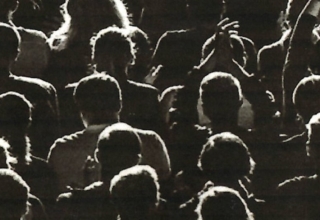
Abstract
The cognitive revolution of the 1950s led to the application of scientific methods to the field of psychology resulting in a shift in how psychologists understand and apply psychological practices. This move towards a more scientifically minded psychological practice, combined with technological advances in neuroscience gave rise to various subfields, including reality therapy and behavioral economics. Like Plato’s timeless allegory of the cave, these subfields seek to reveal how the brain understands and interprets reality.
The implications of this understanding, combined with Glasser’s practice of reality therapy, Ariely’s work in the field of behavioral economics, and Kahneman’s understanding of neurological processing in decision making can all be applied to the field of coaching to help better clients understand how and why they make the decisions that they do and why the brain’s natural way of functioning can create dissonance between expectations and reality leading to feelings of unhappiness. Understanding that the brain’s natural tendency to simulate the future is a flawed process can be the first step in helping a client overcome the dissonance created by unrealistic expectations. This knowledge can help move a client towards deeper reflection and ultimately more productive and positive decision making.
__________
The 1950s heralded a significant change in the field of psychology. Behaviorism once thought of as the only genuinely scientific branch of the psychological field (because it focuses on the interpretation of observable and measurable phenomenon) was being challenged by a revolutionary idea that the internal mental states of people could also be observable and measurable. In Acts of Meaning, Bruner states, “…an all-out effort to establish meaning as the central concept of psychology […]. Its aim was to discover and to describe formally the meanings that human beings created out of their encounters with the world, and then to propose hypotheses about what meaning-making processes were implicated.” (Bruner, 1990) .
Download Article 1K Club














